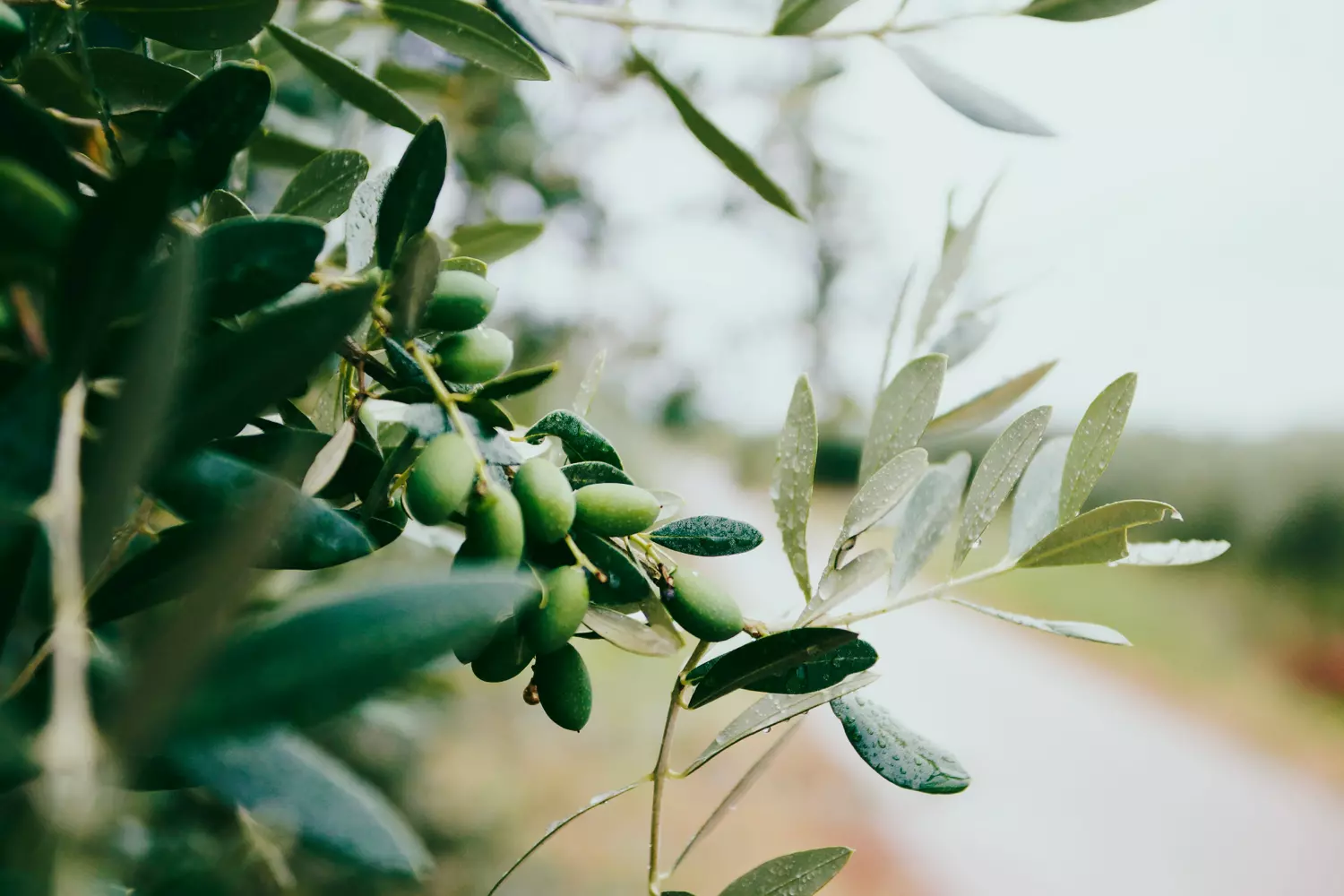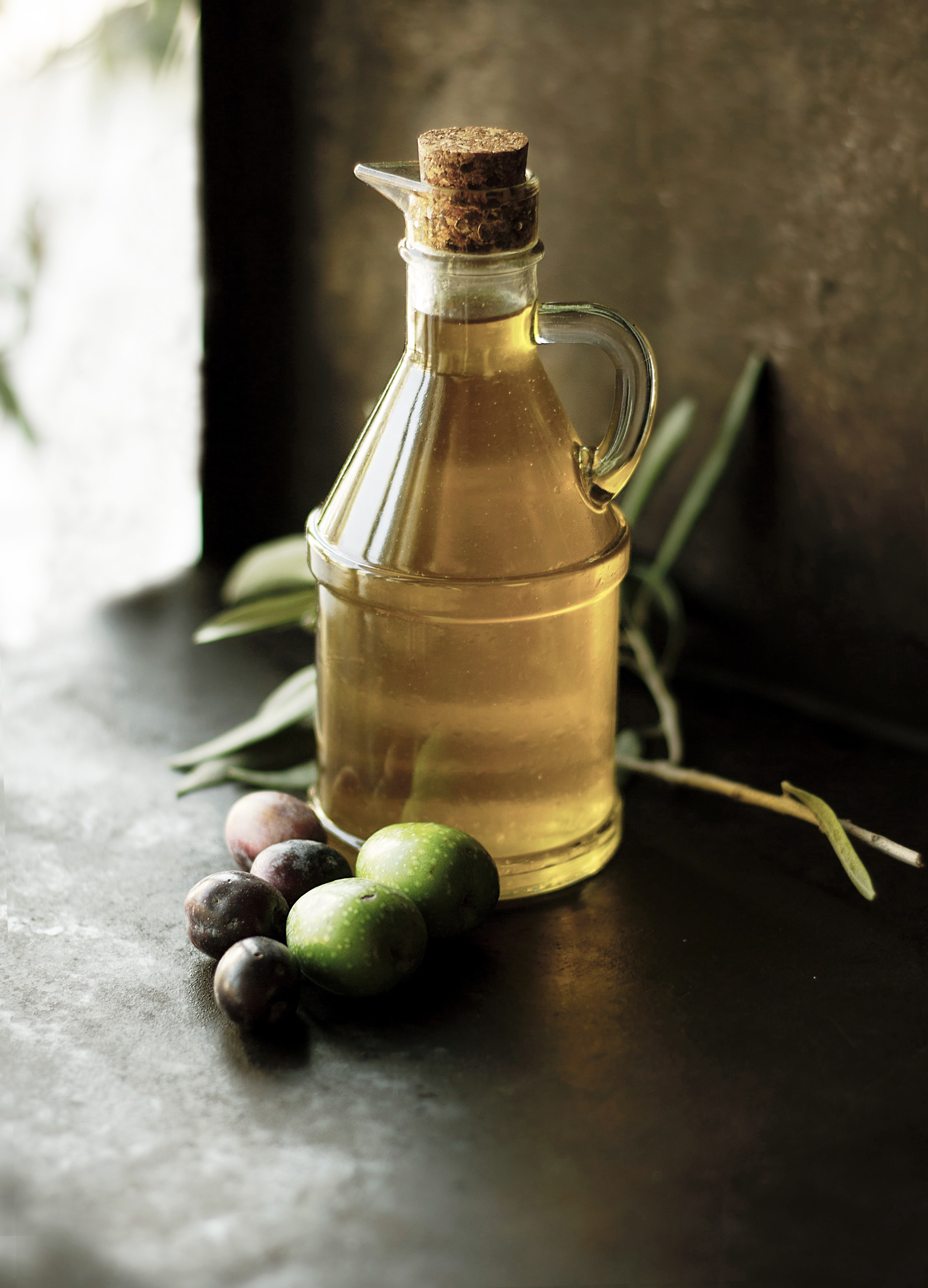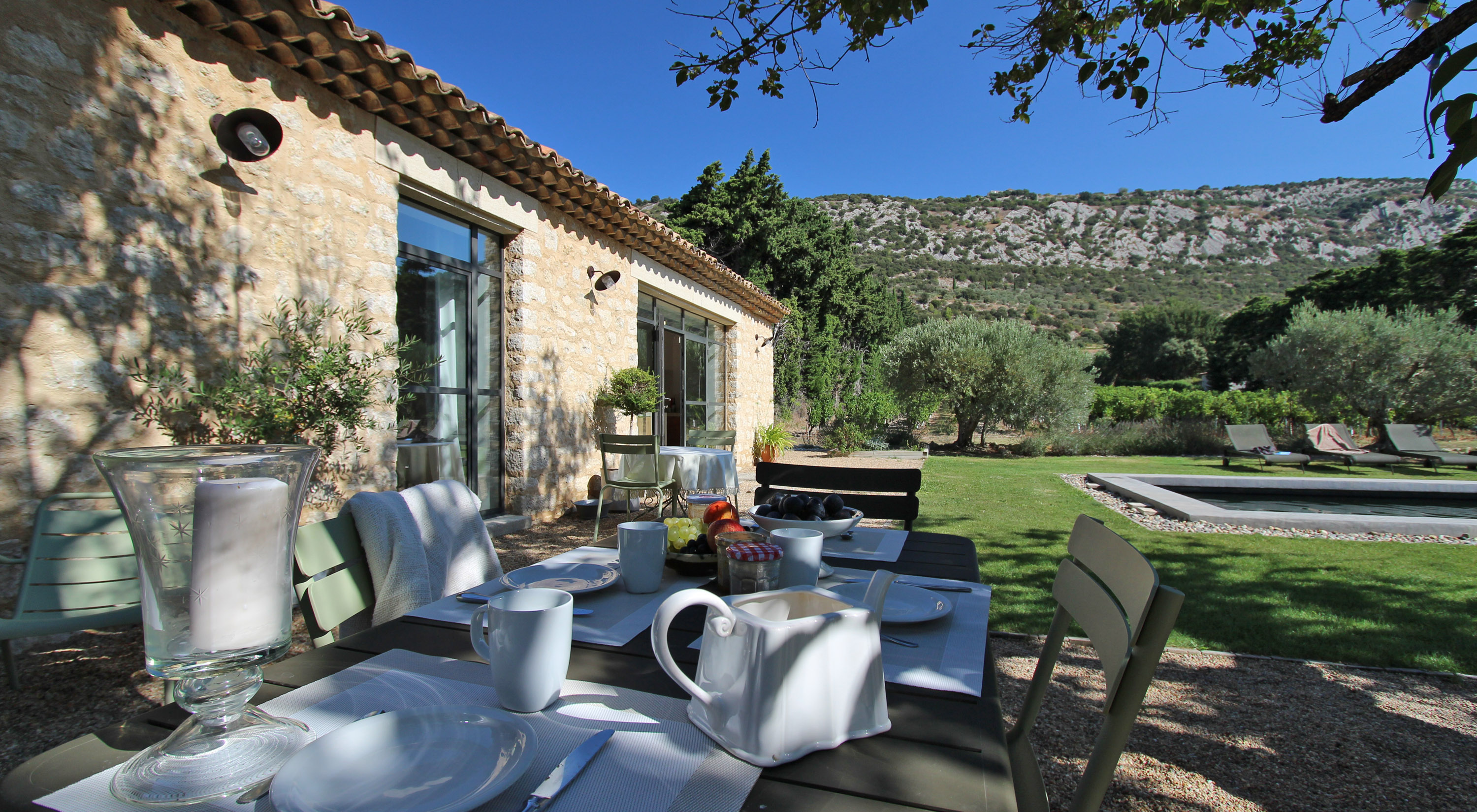Olive oil : the Provencal yellow gold

Provence is well known for its yellow gold: olive oil!
This cooking ingredient used in most Provençal dishes such as ratatouille or pump oil (fougasse) comes from an often unrecognized ancestral production.
Today you will discover the history of Provencal olive oil.
This article follows a precedent dedicated to the history of the olive tree and the olive that we invite you to read before continuing with this one.
What is the history of the mills ?
First of all, the word moulin (mill) comes from the Latin mola which means meule (millstone). It is a machine that will be used to grind whether it is olives or cereal grains. The building where the grindstones and all the rotating mechanism for grinding are located is also called a mill. In the past, the mills, which appeared long before the Roman world, were operated by human or animal power (blood mill), by water or by the wind, today they have become almost all mechanical.
At the time, the blood mills (operated by human force) brought the villagers together for a time usually without life. As the harvest took place during the resting time of the land, the villagers would normally find themselves at home, but during the olive groves a whole new life was taking shape. Indeed, the people of the village got together to bring their harvest and lend a hand to the mill, then they shared a glass of rosé put in the fridge in the mill canal. The women would then join them to taste the fresh oil on a piece of bread and especially to discuss prices and new recipes. The children will have fun while learning on the job how to make this yellow gold.
These moments strengthened the bonds between the villagers and the families as it was a very tiring and hard time.
Besides, the mill was the nerve center where all the news and gossip was given by the fireside.
Today the often mechanical mills no longer need a human arm to operate the millstones, but people can still bring their harvest and discuss among themselves their common passion for olive oil. Moreover, if you want to visit one, it is important to know that it is winter that there will be the most activity but you will not necessarily be welcome in the midst of the hustle and bustle of manufacturing, we therefore advise you to call beforehand to make a reservation and to find out if it is possible to make a visit. Because know that it is during this period that you will discover the life of the mill, its smells, its humidity, and all its charms.
You can discover the oldest French mill in Maussane Les Alpilles: the Moulin Cornille, then the Moulin La Balméenne located in Beaume-de-Venise which will offer you a discovery and an explanation of the use of old oil mills.
How is the olive oil made ?
To fully understand the production, you should know that there are several varieties of olive oil:
- Extra virgin olive oil: which will be the best quality.
- Virgin olive oil: which will be of lower quality than the first but which will be less acidic and which will have slight defects in smell and flavor.
- Lampante virgin olive oil: which will taste and smell unpleasant and will need to be refined because it cannot be sold as is.
And that there is a way to extract olive oil:
- The first cold pressing is the extraction of the oil at a temperature below 27 ° C and by a traditional mill on a stone grinding wheel, so it is reserved for craftsmen.
- Cold extraction is the extraction of oil at a temperature below 27 ° C and by a centrifuge or an automated press.
For a cold-extracted extra virgin oil, the technique is as follows:
- Step 1: Cleaning and stripping
Once the olives have been collected they should be taken to the mill so that the Moulinier can start making the olive oil.
The olives were first stored in boxes and then they will be transferred to a washing machine which is a water jet system which will allow the olives to be cleaned of all dust.
Then they will be stripped by extractor hoods and by hoppers that will retain the leaves and wood that the pickers forgot to remove when picking.
- Step 2: grinding
Once rid of their dust and leaves, the olives pass through a crusher. The olive at this time is still whole with its kernel because it will produce an acid which will allow better preservation of the oil. The press will crush and knead the flesh and kernel of the olive until you obtain a fluid olive paste. This process must necessarily maintain a mixing temperature below 27 ° C to ensure the quality of the oil extracted by cold pressing.
This step for a first pressure oil must be carried out with a stone grinding wheel.
- Step 3: settling
This olive paste will be placed in a horizontal separator decanter so that the liquid separates from the solid. The resulting liquid (juice) is a mixture of oil and vegetation water contained in the olive. The dry paste is called olive pomace and will either be used as compost or it will be refined to create pomace oil which added to virgin olive oil can be sold.
- Step 4: the centrifuge
The juice will be poured into a vertical cylindrical tank: the juicer to separate the last solid elements and water from the oil. Indeed the "heavy" elements: water and vegetation water (vegetable waters) will go to the edges while the oil which is lighter will stay in the middle.
Moreover, we can see that there are two outputs in these centrifuges:
- the first will be used for water
- the second will be used for olive oil.
At the exit of the centrifuge you will therefore obtain an extra virgin olive oil. Note that you will still need 5kg of olive to be able to produce 1 liter of olive oil!
 What are the different PDO olive oils?
What are the different PDO olive oils?
As for wine, olive oil is protected by many Protected Designation of Origin (PDO) or Controlled Designation of Origin (AOC) which will allow you to ensure the quality of the product because its production, its transformation and its development will have taken place in a specific geographic area with recognized local know-how.
Here are the main AOCs and AOPs in France
Table olives
- Broken olives from the Baux-de-Provence valley
- Nyons black olive
- Olive from Nîmes
- Olive of Nice
- Broken olives from the Baux-de-Provence valley
- Black olives from the Baux-de-Provence valley
Olive oils
- Aix-en-Provence olive oil
- Corsican olive oil
- Olive oil from Nîmes
- Olive oil from Provence AOC
- Olive oil from the Baux-de-Provence AOC valley
- Haute-Provence olive oil
- Nice olive oil
- Nyons olive oil
Traditional black tapenade recipe
- 400 g black olives
- 5 anchovy fillets in salt
- 50 g capers
- ½ garlic clove
- 20 cl of olive oil
- Pepper
Preparation:
1. pit the olives and chop them with a knife.
2. Desalt the anchovy fillets by soaking them in water for a few seconds.
3. then blot the fillets with absorbent paper, for example.
4. in a mortar, place the olives, drained capers, garlic and anchovies.
5. Pound everything.
6. When the mixture becomes pasty, gently add olive oil and pepper.
7. Serve chilled and enjoy!
Original green tapenade recipe
- 160g green olives
- 60g black olives
- 12 basil leaves
- 2 cloves garlic
- 50g olive oil
- 50g almond powder
Preparation:
1.mix basil and garlic
2.pine and mix the green and black olives
3.add olive oil and almond powder
4. mix everything and enjoy!
Want to participate in the Provencal olivades? All our holiday villa rentals with swimming pool to enjoy your Provencal holidays!


 Français
Français
 English
English
